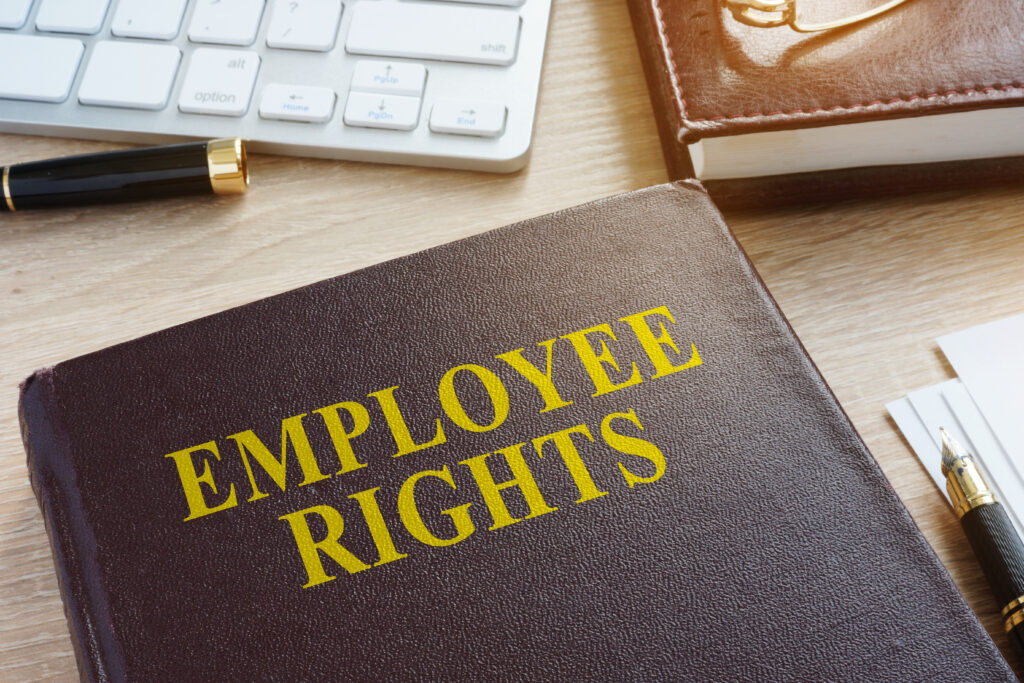When a commercial lease or licence reaches the end of its fixed term, what happens next depends on the type of occupation in place and whether the occupier remains in possession. This article builds on our overview of the different types of commercial occupation set out in our article here, which explains some of the issues that Landlords and Tenants should consider when a lease expires.
In this article we cover how legal rights may change depending on whether the occupation is: (1) protected under the Landlord and Tenant Act 1954 (“LTA 1954”), (2) contracted out of the Act, or (3) a licence — and outline practical steps to take in each scenario.
1. Tenancy protected by the LTA 1954
If the Tenant is protected by the LTA 1954, they may often stay in the premises after the lease end and the tenancy will continue on the same terms, with the Landlord having only limited grounds to obtain a Court order for possession (including redevelopment, landlord wanting to use the property and serious breaches of the lease). The lease will not come to an end until the formalities of the LTA 1954 are complied with. For more information, please read this article here.
2. Tenancy contracted out of the LTA 1954
In a contracted-out lease, if a Tenant wants to remain in occupation after the end of the fixed term, then they need the Landlord’s agreement. If agreement is not forthcoming the Tenant can be evicted by the Landlord.
To challenge an eviction, the Tenant will need to argue the contracting out procedure was invalid or the Tenant has remained in the property so long after the end of the lease that a new periodic tenancy has sprung up which is protected by the LTA 1954. If so, the Tenant might have inadvertently become a protected Tenant, and the contracted-out provisions of the lease may no longer apply. Section 1 above will then apply.
3. Licence
If an occupier (Licensee) wants to remain in occupation after the end of the fixed term then they need the Licensor’s agreement – or they can be evicted by the Licensor.
To challenge an eviction the Licensee will need to argue the arrangement was a tenancy all along or the Licensee has remained in the property so long that a new periodic tenancy has sprung up which is protected by the LTA 1954. Section 1 above will then apply.
Agreement
Landlords and Tenants are free to agree a new lease or licence at any time. Our Real Estate department would be pleased to assist Landlords or Tenants in creating a new lease or licence if terms have been agreed.
Advice for Landlords
1. Tenancy protected by the LTA 1954
There are set procedures for renewing or terminating leases protected by the LTA 1954 and you should speak to your legal adviser, ideally within the 1 – 2 year period prior to the end of the lease, to give time for legal process and to avoid complications.
Leases protected by the LTA 1954 will continue past the end date, unless terminated by the required process or the Tenant vacates fully prior to the end date.
If both the Landlord and the Tenant want a new lease, then new terms can be negotiated.
If agreement cannot be reached on the terms of the new lease, but both the Landlord and Tenant want a letting to continue, then there are statutory processes under which a Court will eventually decide the terms of the new lease – such as to increase or decrease the rent to an open market rent or to decide the length of the new lease. This process is commenced by the Landlord giving a minimum 6 months’ notice to terminate (section 25 notice served by the Landlord).
For more information, please read this article here.
If a Landlord wishes to regain possession of a property we can advise upon the grounds available to achieve this.
2 & 3 Tenancy contracted out of the LTA 1954 and Licence
If a Tenant in a contracted-out lease has indicated that it wishes to remain in the premises, negotiations should commence for a new lease well before the end of the lease term.
If any Tenant has indicated that it wishes to vacate the premises, then they should leave the premises on or before the end of the term, having paid any sums due and returning the property in the repair and condition required by the lease. The Landlord should consider engaging a surveyor to inspect the property and negotiate the repair of any dilapidations, well before the end of the lease term.
The terms of the lease should be checked. For example, in rare cases a lease states that the Landlord has no right to ask the Tenant to repair and redecorate the property unless proper notice is given before the lease ends.
If a former Tenant overstays beyond the fixed term and a new lease has not been agreed, the Landlord should take independent legal advice. If the Tenant has a contracted out tenancy or licence, it is often suggested that the Landlord does not demand or collect any payment until the position can be made clear.
Advice for Tenants
- Tenancy protected by the LTA 1954
Tenants who wish to remain at the property after lease end have a right to do this if their tenancy is protected by the LTA 1954. If a landlord seeks to remove a Tenant without following the LTA 1954 formalities (i.e. without serving a section 25 notice) then you should seek legal advice if you wish to resist this.
If the lease end is approaching, where the Tenant has a 1954 Act lease, they may choose to (a) vacate before the lease ends; (b) serve a six-month s26 notice seeking a new lease; or (c) simply continue to occupy paying the old rent.
If the Landlord serves a s25 notice, the Tenant will have to issue Court proceedings within the notice period or agree additional time to do so in order to retain LTA 1954 rights.
A Tenant can take option (b) and serve a section 26 notice to seek a new lease of the property. A Tenant might want a new lease so it has certainty of use of the property for a number of years or the open market rent has fallen.
A Tenant may choose (c) and simply continue to occupy paying the old rent. Leases can continue like this for years until either the Landlord serves a s25 notice or the Tenant serves a s26 or s27 notice.
If a tenancy continues past lease end with neither the Landlord serving a s25 notice or the Tenant serving a s26 notice, the Tenant can simply continue to remain in occupation of the lease paying the old rent and serve a 3 month s27 notice if it wishes to vacate at a later date.
2 & 3 Tenancy contracted out of the LTA 1954 and Licence
Tenants with a valid contracted out tenancy or who occupy under a licence typically have no right to a new lease or licence and have to vacate unless terms for a new letting can be agreed with the Landlord.
If the contracting out procedure has not been carried out correctly or the Tenant has remained in the property after the lease/licence term, they might have gained protection under the LTA 1954, particularly if they have remained at the premises for a long period of time whilst paying rent.
If not protected by the LTA 1954, Tenants may want to start negotiations with Landlords two or more years before the end of the lease, to avoid the pinch point of a looming lease end. At this early juncture, decisions can be made about relocating to new premises if the Landlord’s demands are too expensive.
Lease end obligations of repair, reinstatement, and redecoration can be expensive if the lease or licence puts the liability for these matters on the Tenant. Some leases have a schedule of condition which says that the Tenant does not have to put the property back into any better condition than it was at the start of the lease. Some leases and many licences have an internal redecoration obligation only.
Tenants need to be aware that many leases require Tenants to put the property back in good condition fully redecorated, irrespective of the condition in which the Tenant took the lease. This can sometimes come as a nasty expensive surprise for the Tenant, hence the suggestion that a Tenant considers their obligations at an early stage, ideally two or more years before lease end, so it can be established whether there is a small or large potential liability for which provision should be made.
Our lawyers can provide advice to Landlords and Tenants on lease end obligations or recommend a surveyor to do so if requested.
What now?
The laws surrounding the termination or renewal of leases are complex and you should seek professional advice to navigate through the legal formalities.
Edward Jones – Specialist real estate dispute resolution lawyer with 25 years’ experience of property disputes.
Jed Temple – Qualified Solicitor with 17 years prior experience as a surveyor.
If terms are agreed between Landlord and Tenant our Real Estate team would be pleased to assist you.
For more information on the different types of commercial property occupation please see our article here.
For more information specifically on how to terminate a business tenancy or licence please see our article here.








